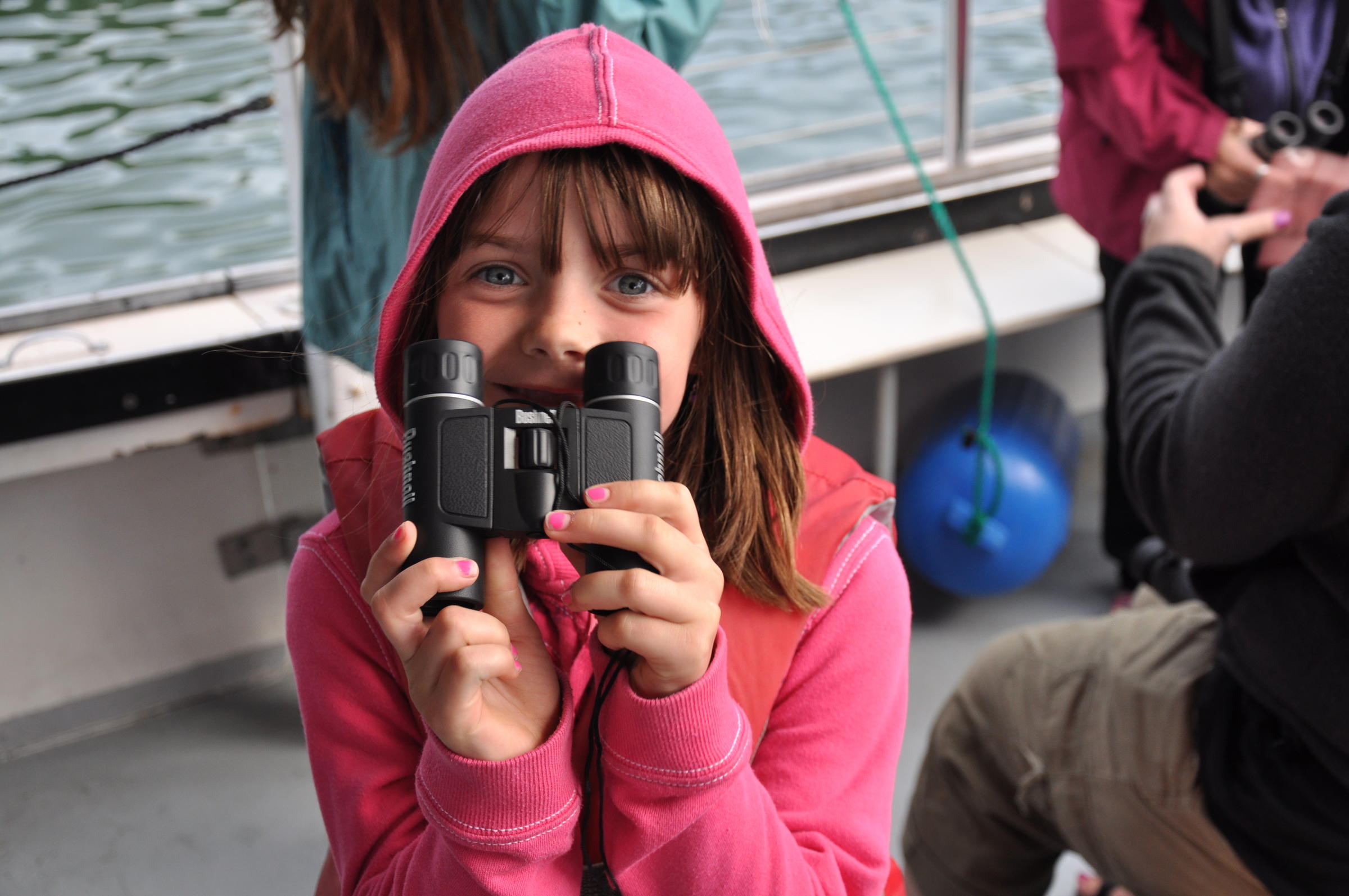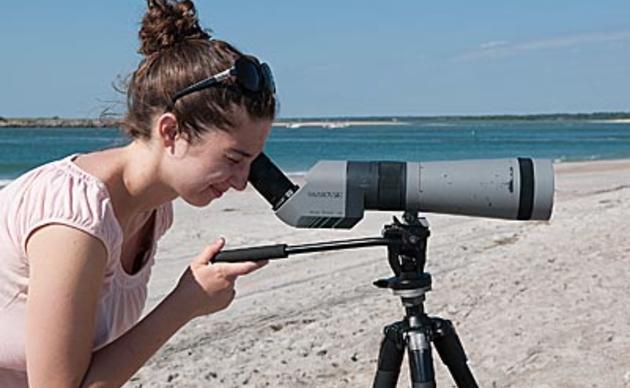Birdwatching is a favorite hobby for millions of Americans. For many, birding is serious business, with participants becoming experts in locating and identifying even the rarest of birds. But birding can be simple, too, and you don't need to know how to identify a single species to help your kids get started.
Getting Started
- Learn more about birds and wildlife before you head out.
- Pick a time of day for your walk when birds are most plentiful -- usually early morning or late afternoon works best.
- Start nearby. Walk through your yard or neighborhood or a local park. As your kids become more invested in birding, you can explore wilder places. Take kids to a pond, lake, or wildlife refuge where they can easily see large water birds such as ducks, geese, or herons -- or to a nature center with a bird feeding station where they can closely observe birds coming to a feeder.
- Some of the very best habitat for birding consists of open water wetlands, where you can see water birds easily and note their field marks and behaviors. There will usually be a number of small birds like marsh wrens and song sparrows at wetlands as well, which can offer a greater challenge to a slightly more advanced birder. And you may get to see an osprey or bald eagle!
- Be sure to dress your kids in comfortable clothes. Bring along snacks and sunscreen. Bring binoculars if you want, or pairs of empty toilet paper rolls to make pretend binoculars. They won't make the birds look bigger, but they will help kids focus in. If you want to get binoculars for your kids to use, they should be small enough that they are easy to hold, with a wide field of view and an easy way to focus them. For advice on more advanced binocular selection, you can read more here.
- For older kids, consider bringing along field guides to help them identify the species they are spotting. A great guide to backyard birds -- with a foldout ID chart -- is Audubon Pocket Backyard Birdwatch, which can be ordered at us.dk.com.
- You might want to consider getting a spotting scope, which allows an adult to focus in on a bird and easily show it to kids.
On the Walk
- Explain to the kids that they'll see the most birds if they keep quiet. Have them move slowly and try to blend in with the surroundings. You might choose to have them sit for a while, too. Learning to be still in order to tune into the natural world is one of the greatest lessons kids can learn.
- Encourage your kids to observe the different kinds of birds they see. What color is the bird? How big? Does it have long legs or short legs? What kinds of noises does it make?
- Also encourage your kids to note aspects of the birds' behaviors. Are they singing? Perching? Walking? Swimming? Making nests?
- If you like, keep notes about the birds you see. Encourage your kids to sketch some of them.
- Celebrate every observation and discovery. It doesn't matter how many birds you see. Sometimes watching one bird for a long time yields the greatest rewards.
After the Walk
- Encourage your kids to look for the birds they saw in a field guide. If they want, they can go back and label their sketches.
- If your kids become hooked on birding, encourage them to begin keeping a Life List of all the birds they've ever seen. Click here to find a list of North American birds.
- Have your kids help pick the next place you'll go for a bird walk. Be sure to compare the kinds of birds you find in different places. Ask your kids to think about why some birds are found in certain places and not others. (Proximity to water, preference for fields or forests, adapted to cities or suburbs, etc.)
How you can help, right now
Donate to Audubon
Help secure the future for birds at risk from climate change, habitat loss and other threats. Your support will power our science, education, advocacy and on-the-ground conservation efforts.
Sign Up For Our eNewsletter
Keep up-to-date on all that happens with Audubon North Carolina's research, events and volunteer opportunities.





